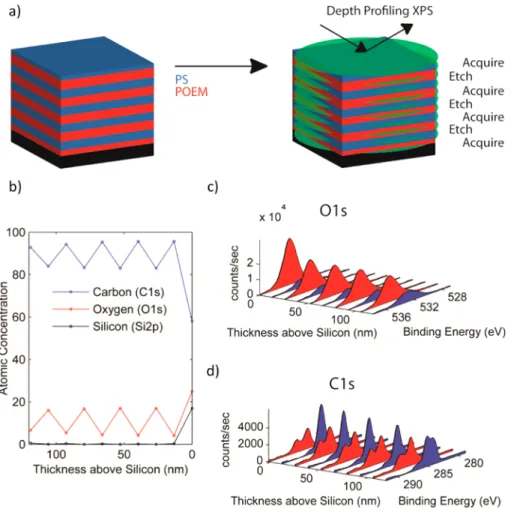Determination of Lithium-Ion Distributions in Nanostructured Block Polymer Electrolyte Thin Films by X-ray Photoelectron Spectroscopy Depth Profiling
Texte intégral
Figure



Documents relatifs
expect the flight track on this day to have been almost along the axes of boundary- layer rolls, and power spectra of observed vertical winds showed significant mesoscale
Retention of FCCs in mes16 mutants and lack of DNCC formation in cyp89a9 mutants does not seem to affect plant growth and/or leaf senescence, that is, no phenotype was observed
The behavior of the ionization current with changes of gas velocity, fuel composition, and equiva- lence ratio is shown to be mainly related to the size of the dead space between
Inset: field variation of the magnetization measured at 2 K; (b) Scan field of the frequency dependence of the magnetic susceptibility; (c) Frequency dependence of the
Blastocystis is associated with decrease of fecal microbiota protective bacteria: Comparative analysis between patients with irritable bowel syndrome and control subjects. Erratum
Here we measured acute humoral responses to SARS-CoV-2, including the frequency of antibody-secreting cells and the presence of SARS-CoV-2-specific neutralizing antibodies in
En conformité avec ce point de vue fonctionnel de l'activité scientifique, la direction de thèse est conçue comme un espace où prédomine la rétroaction du directeur
Le système nerveux utilise trois fonctions pour y parvenir : le système somato-sensoriel (récepteurs périphériques), la vision (les yeux), et le système vestibulaire